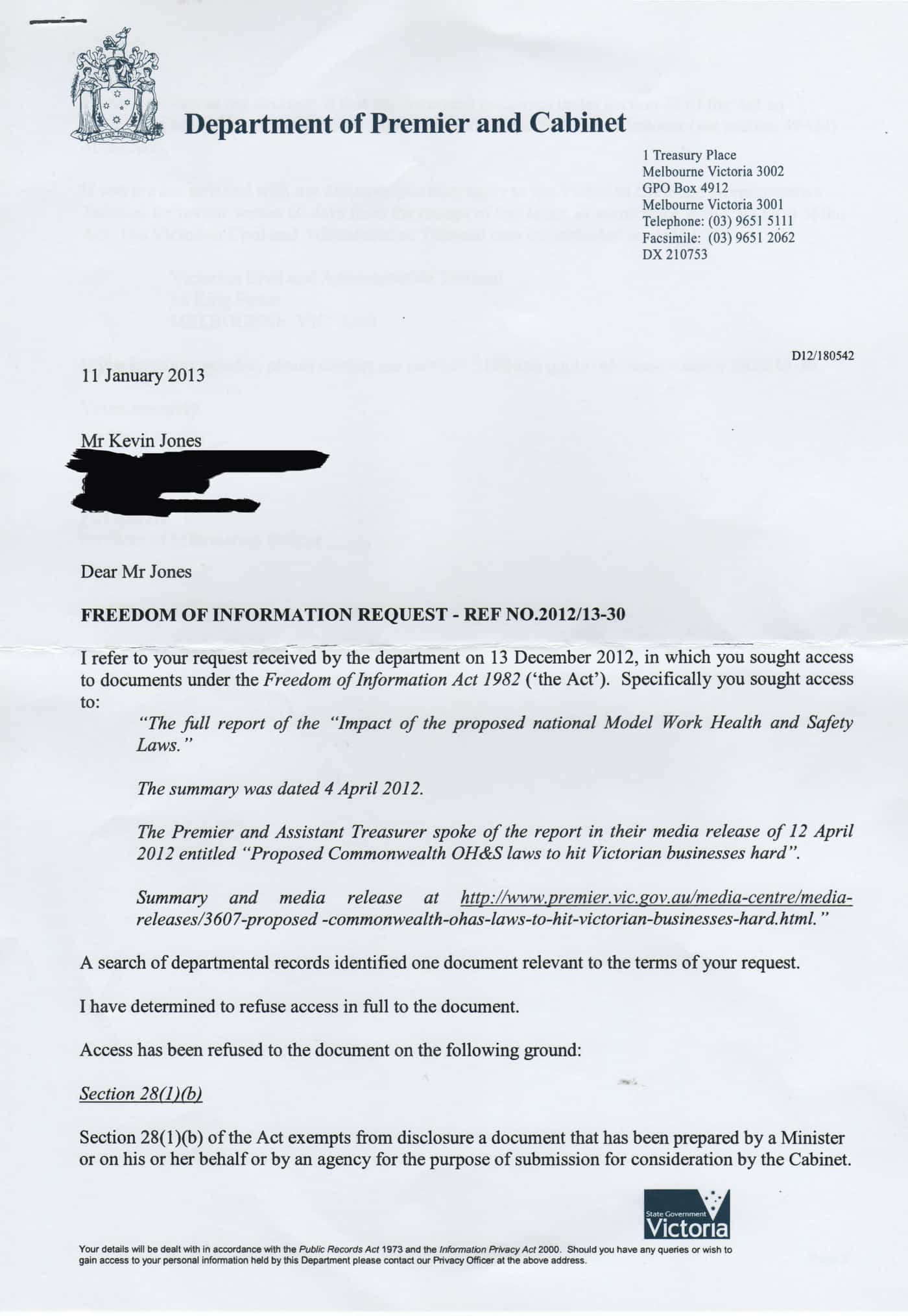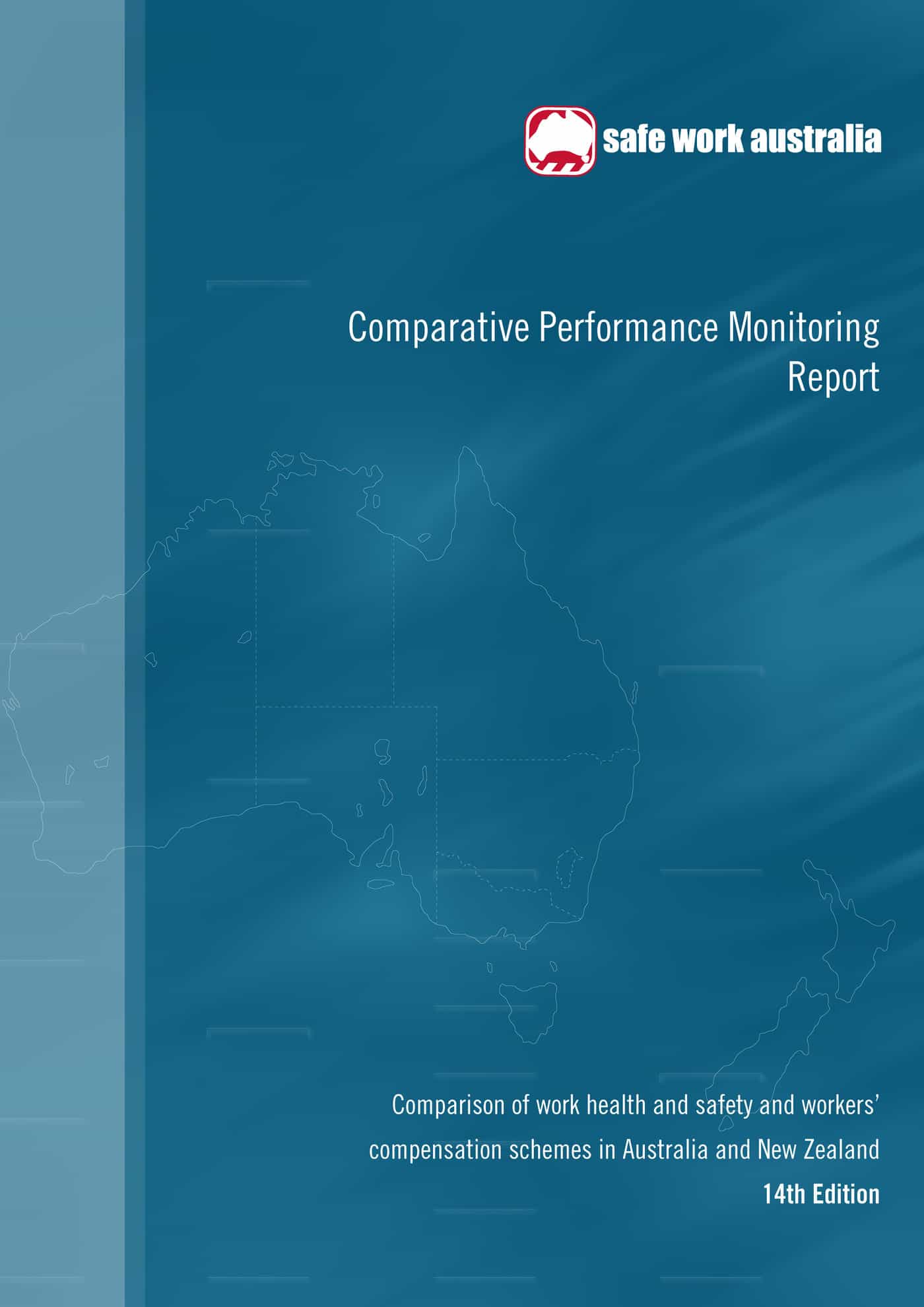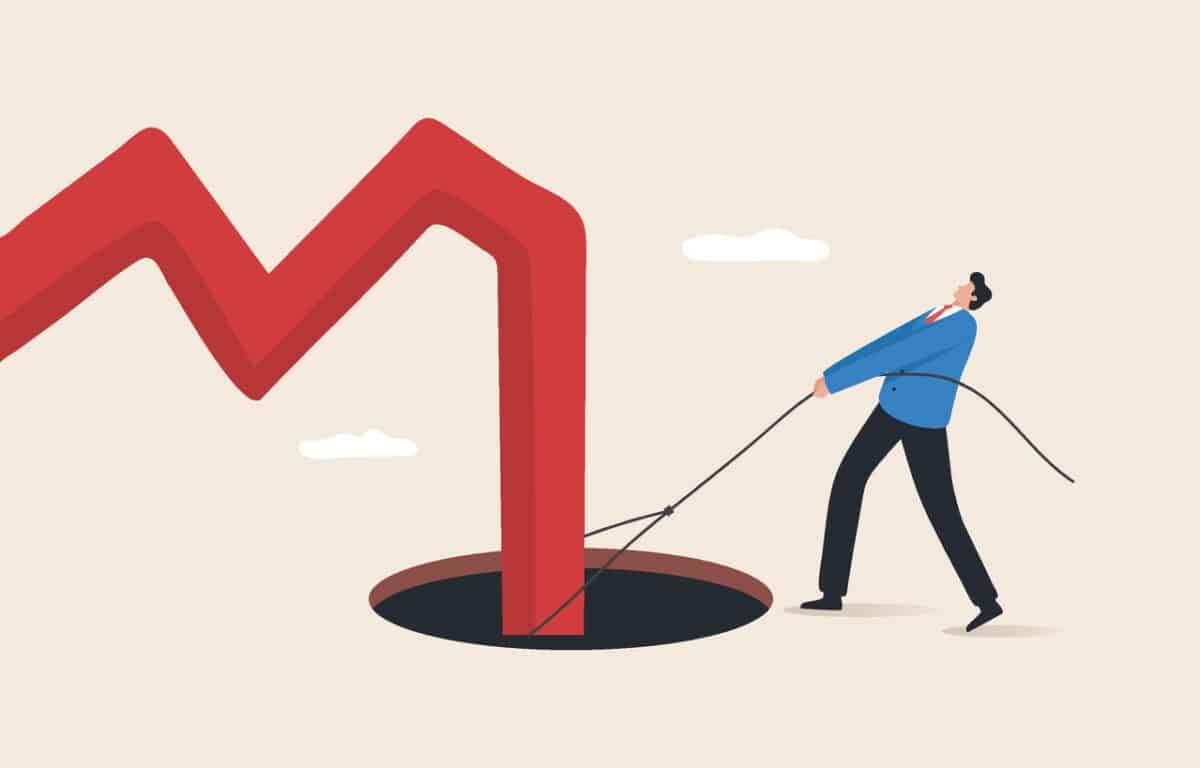Shortly after Christmas 2022, the Australian Associated Press (AAP) released an article about the financial status of the Victorian Workcover Authority. The article was about a 2020 review of the financial sustainability of the workers’ compensation scheme by insurance and actuarial firm, Finity. This was built upon in a couple of mainstream newspapers.
Category: Rich-Phillips
“The regulator should be respected, but not feared”
 How different can occupational health and safety (OHS) regulators be? A review into WorkSafe Victoria was announced in February 2015 but the review into its equivalent in South Australia, SafeWorkSA, is more progressed and has released a public discussion paper entitled “Transforming Work Health and Safety Performance“. Its suggestions should be noted by James Mackenzie the reviewer of WorkSafe Victoria.
How different can occupational health and safety (OHS) regulators be? A review into WorkSafe Victoria was announced in February 2015 but the review into its equivalent in South Australia, SafeWorkSA, is more progressed and has released a public discussion paper entitled “Transforming Work Health and Safety Performance“. Its suggestions should be noted by James Mackenzie the reviewer of WorkSafe Victoria.
Maybe not surprising to many, the future is a reworking of the past.
A busy week in Victoria – politics, reviews and common law
Victorian Workcover Authority (VWA),was in the pages of the Australian Financial Review in July 2013 over several issues –
- CEO Denise Cosgrove told staff of her wonderful holiday in Daylesford in the same email in which she advised of a review of operating budgets “including people costs” and of job losses,
- Former Minister for Workcover, Roger Hallam, has been appointed to undertake a review of the Victorian Workcover Authority ,
- Hallam is said to have been on the panel that appointed Cosgrove recently to the CEO post,
- Cosgrove has pushed for a change in common law (Common law was controversially dropped during Roger Hallam’s time as Minister).
There seems to be many issues bubbling away at VWA – common law, declining profitability, “dividends” and a secret review. Continue reading “A busy week in Victoria – politics, reviews and common law”
Where to for the “the expensive and failed WorkHealth scheme”?
The Victorian Workcover Authority’s (VWA) WorkHealth program is coming to the end of its five-year life. But what is the way forward? Has the $A600 million program achieved its aims?
Aims and Results
VWA’s annual report for 2008 (page 33) stated the following aims for WorkHealth, reiterated in the WorkHealth Strategic Framework 2010-12 (page 1):
“Over the long term, the program aims to:
- cut the proportion of workers at risk of developing chronic disease by 10%
- cut workplace injuries and disease by 5%, putting downward pressure on premiums
- cut absenteeism by 10%.
These goals aim to drive productivity and reduce health expenditure that is associated with chronic disease.”
None of VWA’s annual reports since 2008 have included any mention of these benchmarks. Continue reading “Where to for the “the expensive and failed WorkHealth scheme”?”
OHS statistics sound good but do not reflect reality
SafetyAtWorkBlog has questioned the veracity of occupational health and safety statements by Victoria’s Assistant Treasurer, Gordon Rich-Phillips, previously. Early in January 2013, Minister Rich-Phillips stated that:
“Victoria’s workplaces had the safest year on record in 2012…”
Victorian businesses, workers and policy-makers would benefit enormously if the government were to focus on achieving independent accurate data of workplace injury, illness and business costs instead of cherry picking statistics for political gain. Continue reading “OHS statistics sound good but do not reflect reality”
Victorian Government refuses to release full costings of OHS laws
 The Victorian Government has repeatedly claimed that new Work Health and Safety laws would cost billions of dollars to introduce. It has justified this political decision with a summary of a report produced by PricewaterhouseCoopers (PwC) in April 2012. SafetyAtWorkBlog applied for the full report under Freedom of Information (FOI) and was rejected.
The Victorian Government has repeatedly claimed that new Work Health and Safety laws would cost billions of dollars to introduce. It has justified this political decision with a summary of a report produced by PricewaterhouseCoopers (PwC) in April 2012. SafetyAtWorkBlog applied for the full report under Freedom of Information (FOI) and was rejected.
The Department of Premier and Cabinet’s FOI Officer indicated that the full report existed but that it was not being released as the FOI Act
“…exempts from disclosure a document that has been prepared by a Minister or on his or her behalf or by an agency for the purpose of submission for consideration by the Cabinet.”
The rejection is difficult to understand as the government had already released a 34 page summary.
SafetyAtWorkBlog has been very critical of the summary report due to the amount of disclaimers, equivocations and selected data sources in the PwC report. The estimated costs have appeared in discussions about the Work Health and Safety laws in other States so the full analysis of the laws by PwC would be enlightening. It was hoped that the full report would provide additional background and context to discussing the “costs of safety” but that is not to be.
Victorian Minister claims “safest state in Australia”
Victoria’s Minister for WorkCover, Assistant Treasurer Gordon Rich-Phillips, obviously felt obliged to get in early for the 2012 WorkSafe Week by stating, in a media release, that:
“Victoria is the safest state in Australia in which to work”
 Rich-Phillips quotes a range of statistics based on a recent report by Safe Work Australia (SWA) – the Fourteenth Edition of the Comparative Performance Monitoring. His claims may be correct, but he is selective. He mentions his State’s workers’ compensation claims performance:
Rich-Phillips quotes a range of statistics based on a recent report by Safe Work Australia (SWA) – the Fourteenth Edition of the Comparative Performance Monitoring. His claims may be correct, but he is selective. He mentions his State’s workers’ compensation claims performance:
“Victoria had nine serious injury and disease claims for every 1,000 employees, far fewer than the national average of 12.2 claims. It was also well ahead of the Northern Territory (11.2 claims), Western Australia (12), South Australia (12.3), Australian Capital Territory (13), New South Wales (13.7), Queensland (14.7) and Tasmania (15.6).”
However, it is well-known that workers’ compensation statistics indicate the performance of the workers’ compensation scheme and claims, and not the real workplace injury rate. The SWA report provides information on both safety performance and workers’ compensation claims. The Minister extrapolates the performance of one element and applies it to the other.
The Comparative Performance Monitoring report also measures each State’s regulatory safety performance against the agreed National OHS Strategy. Against the Injury and Musculoskeletal measure, again based on claims data, only South Australia exceeded the “36% improvement required to meet the long-term target of a 40% improvement by 30 June 2012.”
Victoria came third, after New South Wales, with a 31% improvement rate.
Safe Work Australia stated that
” It is unlikely that Australia will meet the target.” (page 2)
The targets of the OHS National Strategy established in 2012 have been aspirational for some time and without any fear of sanction or reward for attainment, the worth of any National OHS Strategy is dubious.
SWA’s report also includes very positive national statistics on fatalities but still insists that:
“The volatility in this measure means that this improvement should be interpreted with caution and consistent improvement is still required to ensure the target is actually achieved.” (page 3)
This caution is missing from the statements of Gordon Rich-Phillips. Continue reading “Victorian Minister claims “safest state in Australia””

